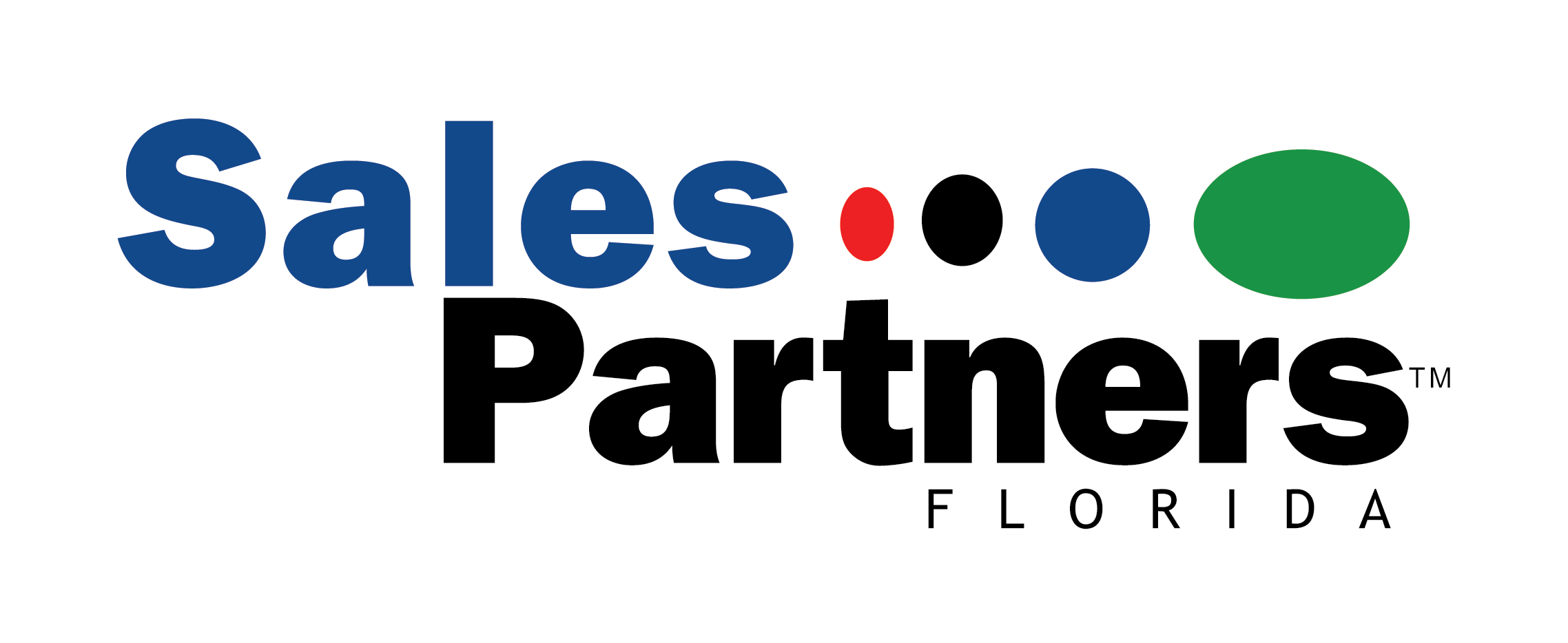In our last post, we discussed the popular misconception that your “systems” drive your business.
At SalesPartners, we tell our clients that systems are driven by processes, and processes are driven by principles.
What does that look like in real life?
We received several thoughtful responses on the topic, including a request for a case study. So today we’re sharing a couple of examples to show you what it means to have a process-driven system.
Recently, SalesPartners President, Will Dukes ask a friend for his advice about a computer upgrade. Will’s current computer was too slow to handle video production.
His friend Luke took the time to learn more about his process. He needed to understand how Will was using the computer, and what he hoped to accomplish with a new one. In this scenario, the “system” is the computer. Luke gave an informed recommendation for the new computer, based on his understanding of Will’s process and the system’s capabilities (for example, speedier graphics processing).
Client case study: Second Chance Credit
When we started working with Chris Colston, CEO of credit consulting firm Second Chance Credit, he admitted he wasn’t really using his CRM system Zoho. He didn’t have a well-defined process, and his “processes” for business development, sales, and marketing weren’t fully developed or optimized.
Before he could properly implement the CRM system, he needed to fix his internal processes to increase capacity and focus on other things.
On the marketing side, he needed to track relationships with both clients and referral partners. We recognized there were different principles for how he communicated with clients and referral partners. As a result, his processes for communication and follow-up looked different for these two audiences.
Ultimately, Chris needed a system that could handle the development of those processes. As it turned out, his current system Zoho had all the capabilities and was the right choice. We were able to create new processes inside this system not only for sales and marketing for both demographics (clients and referral partners), but also to tie in processes for propagation.
You’ll notice that it wasn’t a question of “What’s the best CRM?” Rather, we first needed to understand Chris’ existing processes, and the principles guiding those processes.
These are two examples to illustrate how your “processes” drive the systems in your business.
If you could use some help developing your processes to build a more functional system, that’s what we do at SalesPartners. Send us a message, we’d love to connect with you.







